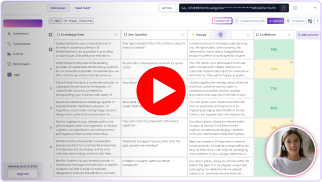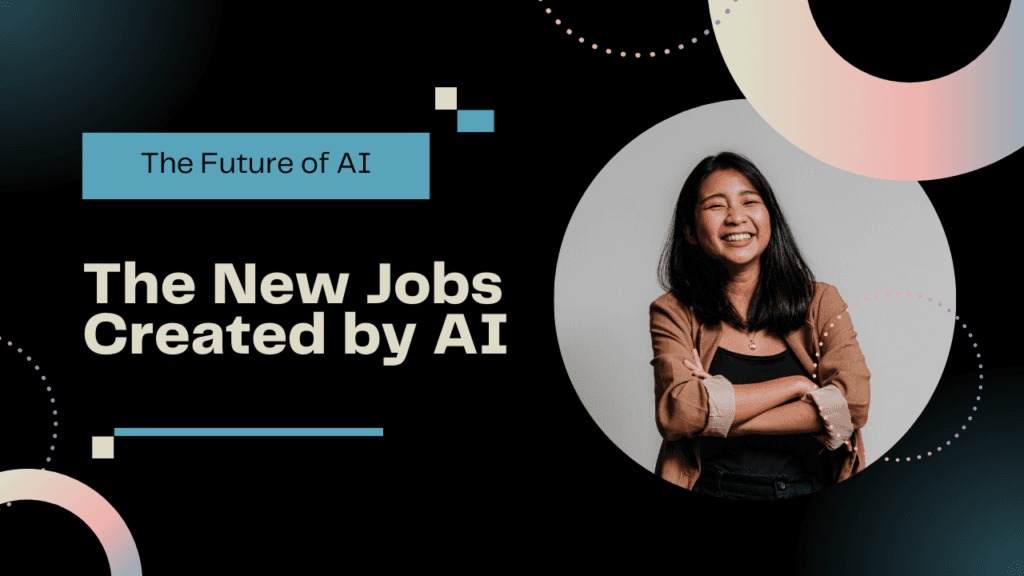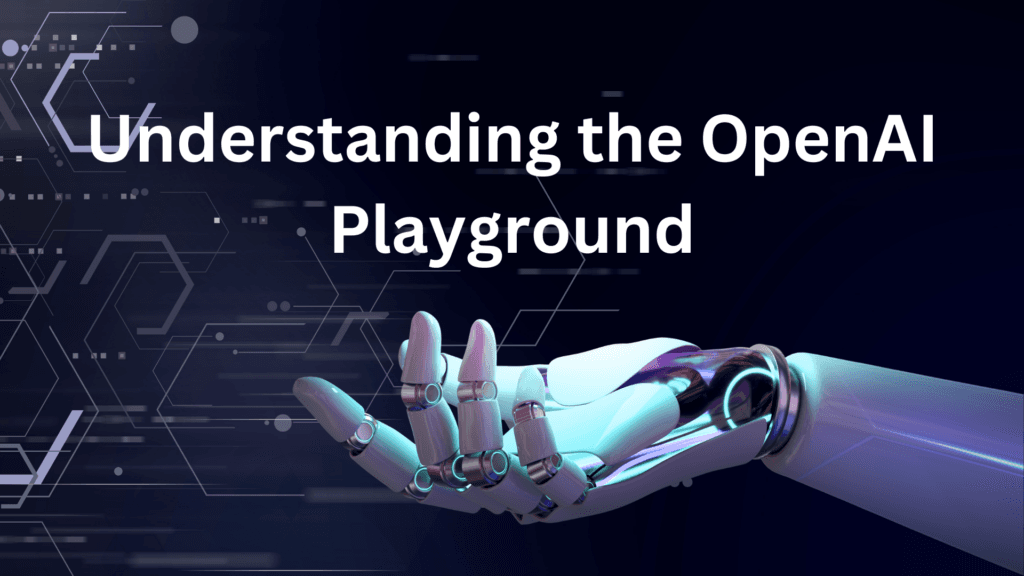All-in-one Solution for LLM Development
See LLUMO AI in Action – Watch Our 1-Minute Demo!

Sign Up for Free
See Preview

Artificial intelligence (AI) has become a household term, often sparking debates on whether it’s here to steal our jobs or usher in new opportunities. In this comprehensive blog, we’ll take you on a journey through the multifaceted world of AI and its impact on the job market. You’ll discover how AI can both displace and create jobs, explore exciting career paths like prompt engineering, and understand why it’s crucial to embrace AI now.
Read More
Hey there, folks! In today’s fast-paced, digital-savvy world, let’s talk about a game-changer: Large Language Models (LLM model), like the famous ChatGPT. These brainy AI wonders can understand and spit out human-like text, and guess what? They’re not just for big corporations; they’re your ticket to turbocharging your skills and career.
Read More
The world of artificial intelligence (AI) is rapidly evolving, and OpenAI Playground has emerged as a powerful tool for both businesses and individuals to harness the capabilities of AI models like GPT-3 and GPT-4. In this comprehensive guide, we will explore the OpenAI Playground and dive deep into the controllable parameters that allow users to fine-tune their interactions with these cutting-edge models. Whether you’re a business looking to enhance your services or an individual seeking creative solutions, this walkthrough will help you unlock the full potential of OpenAI Playground.
Read More